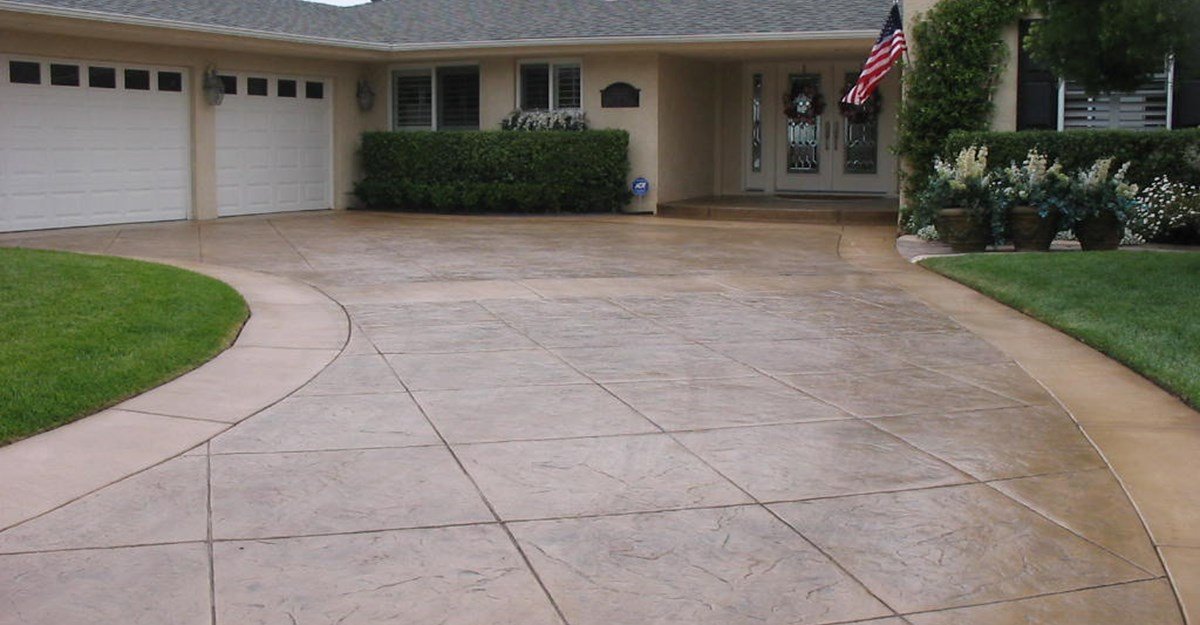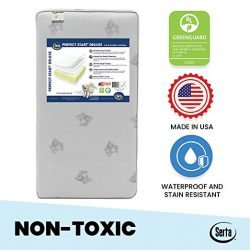Your driveway gets very dirty with time. Makes sense; something laying horizontally out in the open is sure to gather a lot of dust. Algae has a field day in the little crevices in the wet and/or humid months, and with plant debris and fungi, you can also spot mold and mildew. Earlier, you’d need to scrub the entire stretch of the driveway with soap and water and hope things came off nice and clean. But thanks to Power Washers, you can clean your driveway in minutes and spend the rest of the day doing something you love.

The Importance Of Cleaning Your Driveway
Well, there’s a lot you get out of cleaning the driveway.
[su_note note_color=”#f0c4e9″]
- Your lawn looks cleaner like you’d want it to.
- Mold and mildew are not very good to have around in terms of health, especially for kids and older people.
- Dirt and biotic factors can deteriorate your driveway structurally. That’s not a great option in the long term.
[/su_note]
And thanks to Power Washers, you can get the chore over with in no time.
Power Washing: Preliminary Safety
A power washer operates at several times the pressure of a garden hose. It might use less water than a hose, but there still is enough water flowing to make you slip if you’re not wearing proper footwear. Also, since it is a high-pressure stream of water you’re agitating the dirt off with, it is important to take proper precaution to prevent damage to plants as well as guard against electric shock. Here are some tips to follow. Do not skip any of these.
[su_note note_color=”#d4d0ee”]
- Wear protective eye gear. Your usual pair of corrective spectacles will not do. Get sturdy eye protection.
- Wear thick, heavy boots which don’t slip.
- Do not blast the water at yourself or anyone else, even as a joke. The water can damage your sight and hearing as well as cause serious trauma to the skin, lungs and other sensitive organs.
- Use tarp or a sturdy plastic sheet to cover plants along the driveway. Be careful to not spray them directly with the water.
- All electric switches and low lying lighting fixtures, sockets or windows should also be covered with a tarp or plastic sheets. Do not spray them with the jet, and be careful when working around them.
- Always start 3 feet away from the surface you are cleaning to make sure you don’t damage it
- Read the safety and instruction manual and make sure to follow each precaution to the t.
[/su_note]
The basics of Power Washing:
When power washing for the first time, it is a good idea to familiarize yourself with the equipment before beginning the actual wash. Here’s a short summary of the most important parts you need to know about.
[su_note note_color=”#caeae2″]
- The Wand: The long stick through which the jet of water shoots out is the wand. Many models have a second grip on it if not near it somewhere, and this is helpful to control where the jet goes. This second group is meant to be used for minor control only. Use the grip on the machine itself to make big movements.
- The pumping apparatus: You’ll find this to include the motor that pushes the water forward, covered with a metal or plastic sheath with some ventilation. It is important that you keep this ventilation free from obstruction so the motor doesn’t overheat. Also, do NOT run the pump without the water on for any significant time.
- The pipes: You’ll have a couple of pipes running around in the apparatus. The only ones you have to deal with are the pipe that connects to the tap or pipe, and other pipes which route material like soap or cleaners into the machine.
- The Soap Compartment: You need not necessarily use the soap compartment to add liquid soap into the machine, though that works well. There are other substances you can use as well, such as a degreaser that helps remove oil and grease stains from driveways and parking lots, microbicidal solutions that are commonly used in general cleaning, and solutions you can use to remove mold and fungi. Only make sure that the solutions you add are meant for power washers.
- The nozzles: You’ll find nozzles come with various angles mentioned on them. These angles represent the angle to which the nozzle spreads the water. Zero degrees means the nozzle shoots a straight, concentrated beam of water at whatever it is pointed to. It has the most energy but it can also damage your delicate surfaces. The bigger angles like 40 degrees spread water in a wide area, but they have a more dispersed energy which makes them safer for general use. You can also find fancy nozzles such as rotating ones, which can help you get the dirt and muck out of tough surfaces, since the stream of water attacks at the area from different angles.
[/su_note]
Now let’s get down to the method of washing your driveway with a power washer.
Power Washing your Driveway: Easy Guide:
[su_box title=”Here are the steps to follow” box_color=”#c7daf7″ title_color=”#1c0f0f” radius=”0″]
- Cover all electric sockets, switchboards, and fixtures with sturdy plastic sheets. Also, do this for any plants you might have lined up the driveway. Trim if something is blocking your way.
- Sweep the driveway to remove any leaves, blades of grass or loose dirt on the surface. It’ll make your power washing much quicker.
- After putting on your safety equipment and boots, connect the machine to a compatible water outlet.
- Fill the proper cleaning solution or soap in the compartment. You can also add bleaching solutions, but make sure to wear something you’re not very fond of. Bleach ruins clothes. It may also harm plants.
- Turn on the machine and start the jet at a wide angle. Make sure the soap solution is being added to the stream. Wet the driveway thoroughly with the jet. Don’t bother about getting the dirt out just yet.
- Once the surface is soaped up, give it time to work its magic. 5 to 10 minutes is great. But don’t leave it on the surface till it dries up.
- It’s time to get the dirt out. Bring out your 25 Degree nozzle and fit it on the wand. You may use a rotating nozzle in addition to it. Remove the dirt by going over the surface in simple, straight strokes. If your driveway has been dirty for long, you’ll begin to notice dirt coming off, revealing a sharp contrast between the clean and dirty areas.
[/su_box]
How often should you clean with a Power Wash?
Usually, a power washer can be employed every two years or so. If there is more dirt and grime that usually collects where you live, you may use it more frequently, up to once every 6 months. There are people who use it every two months as well, but that is usually excessive and wasteful.
Sides of the house facing away from the sun often spout mildew and such unsightly infestations more often. Power washing those sites specifically can help you save water and electricity while also ensuring your house stays spic and span.



